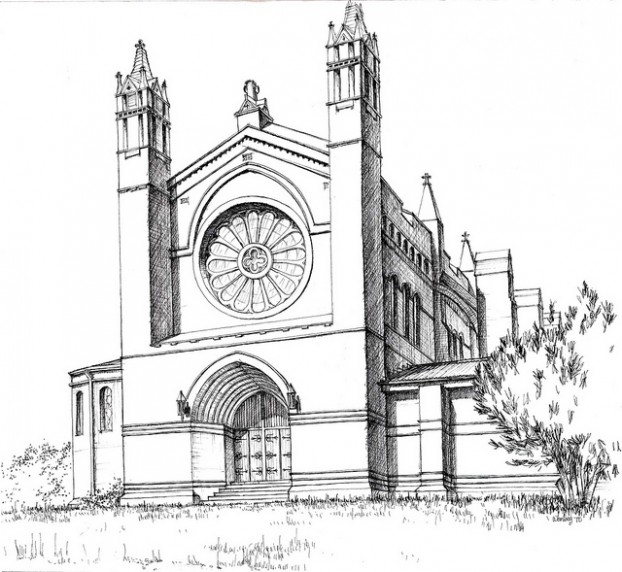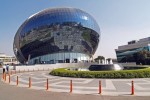The main purpose of having a residential or commercial building constructed is to fulfill a specific purpose (create a home or a workspace, for example), and there is much care, thought, and attention to detail that is put into designing a building. While having an internal space that is fully functional is imperative, many architects pride themselves on creating a building that is a true work of art from the inside out. Below are five interesting facts you may have never considered about architecture and building.
Green is Good
One of the latest trends in both commercial and residential building is incorporating green features. This could be anything from solar panels to solar widows or green roofs, or building with recycled or repurposed materials. Some buildings even pride themselves in achieving LEED certification. This certification is beginning to be acknowledged and celebrated in countries worldwide for the builder’s commitment to environmental consciousness. While achieving the certification may cost a builder more and require them to build in a manner that meets the criteria, most green buildings—residential or commercial—have higher selling priceless than similar buildings without certification.

Tall Buildings Sway
Though you may not feel it when you’re inside, tall buildings are built to sway in high winds and turbulent weather. For example, the Willis Tower (formerly the Sears Tower) in Chicago was designed to sway up to 3 feet in all directions—however, it typically does not sway more than 3 inches. If you are in these tall buildings on windy days, it is unlikely that you will notice them sway because the movement it is so gradual.
Lighting Makes All the Difference
You may think the only thing architects consider is how a building will look in daylight, but plenty of thought is put into how it will look at night, too. How their works of art are lit at night can transform a building’s appearance, giving it an entirely different look or feel. This could be anything from lighting a building for illumination to creating a pattern or shape for a local good cause. For example, in many large cities, landmarks and notable buildings will display colored holiday lights, will light their windows to spell out words, or will cast projections on the sides of their buildings.
Some Buildings Took Years—or Decades—To Make
The famous Empire State Building in New York took 1 year and 45 days to build. However, before more modern technology, some buildings took many years or decades to build. Even though some buildings took lengthy amounts of time to complete, many were partially operational before they were fully complete.
Construction is Getting Faster
With the ability to cut and weld much of a building’s structure offsite beforehand, many large buildings are being completed in record time. In fact, the speed in which a building is completed becomes part of the competitiveness—along with height, green features, and types of building materials.
The next time you are admiring a beautiful home or visually appealing skyscraper, take a few minutes to appreciate the craftsmanship and attention to detail that was required to make it the work of art that is right before your eyes.
Damian Ellsberg writes on home improvement, architecture, construction, renovation & remodeling, landscaping, gardening, roofing and other kindred subjects. Readers interested in the latter topic may benefit from viewing the zinc panels and other sustainable roofing materials from wadearch.com.
Image credit goes to Cultural Collections, University of Newcastle.






















